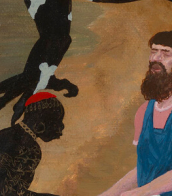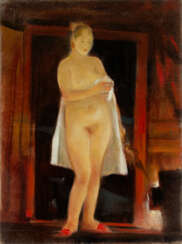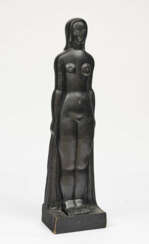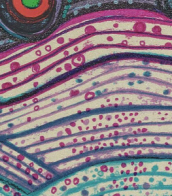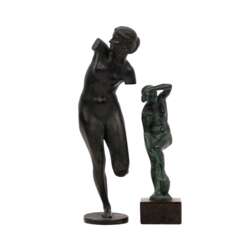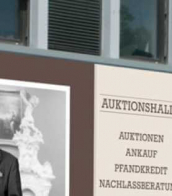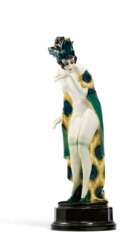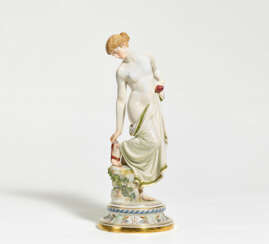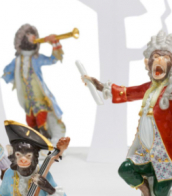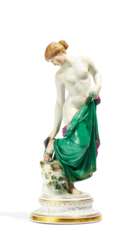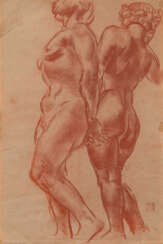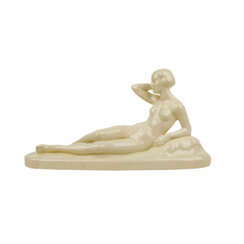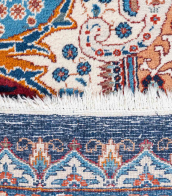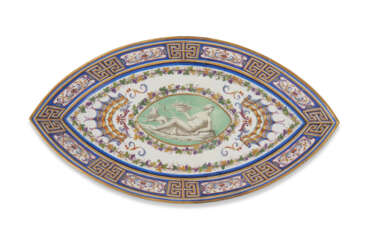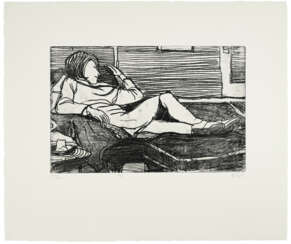standing nude
Aleksandr Evgenevich Iakovlev (Russian: Александр Евгеньевич Яковлев), a Russian painter, graphic artist, and designer, left an indelible mark on the world of art with his unique blend of classical and orientalist styles. Born in Saint Petersburg, Russia, in 1887, Iakovlev was part of the vibrant Russian artistic community that contributed significantly to the neo-classical and orientalist movements. His extensive travels across Mongolia, China, Japan, Africa, Syria, Iran, and Afghanistan enriched his art, leading to a prolific output of portraits, landscapes, still lifes, and figure compositions that combined elements of Italian Renaissance with Russian Primitivism.
Iakovlev's early involvement with the Mir Iskusstva exhibition in 1915 showcased his talent but also highlighted the mixed reactions from critics and the Academy of Arts, signaling his departure from traditional academic confines. His scholarship to study in the Far East and subsequent travels profoundly influenced his work, as seen in his orientalist paintings and ethnographic drawings. This period of exploration culminated in his significant contributions as an official artist on the Citroën expeditions across Central Africa and Asia, where he captured the essence of the diverse cultures he encountered.
His works, such as "Three Women in a Box at the Theatre" and his participation in designing the Prival Komediantov artistic cabaret, exemplify his mastery of merging traditional subjects with a modernist touch. Serving as the Director of the Painting Department at the School of the Museum of Fine Arts, Boston, between 1934 and 1937, Iakovlev influenced the art scene beyond the Russian borders before his death in Paris in 1938.
Iakovlev's legacy is preserved in museums and galleries worldwide, celebrating his contributions to bridging cultures through art. His ability to document his travels and experiences in such a vivid and artistic manner has left a lasting impact on the appreciation of cultural diversity in the art world.
For collectors and experts in art and antiques, Aleksandr Evgenevich Iakovlev's works represent a convergence of classical artistry and exploratory zeal, making them highly sought after. His pieces not only capture the beauty of the subjects he portrayed but also serve as a window into the cultures and landscapes that inspired him.
For updates on exhibitions and auction events featuring Aleksandr Evgenevich Iakovlev's works, sign up to stay informed about new discoveries and opportunities to add to your collection.
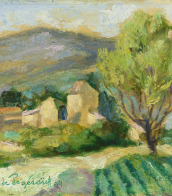

Andrei Andreevich Mylnikov (Russian: Андре́й Андре́евич Мы́льников) was a Russian painter and educator, celebrated for his contributions to Soviet and Russian art. Born in Pokrovsk in 1919, Mylnikov's artistic journey led him to study and later teach at the prestigious Ilya Repin Institute of Painting, Sculpture and Architecture, embodying the spirit of Soviet artistry through his work and mentorship.
Mylnikov's art spans a range of genres, from portraits and landscapes to monumental art. His portraits, such as those of his wife, resonate with harmony and lyricism, drawing comparisons to the Russian Impressionist tradition. Landscapes, like "Summer" (1969) and "Venice" (1964), showcase his ability to blend realism with the symbolic, marked by a fresh palette and pure color. Noteworthy among his creations is the "Farewell" (1975), a painting that captures the emotional gravity of the Soviet people's wartime experiences, and the "Spanish Triptych," which reflects on themes of life, death, and the human spirit, earning him the Lenin Prize.
Mylnikov's works are held in high esteem, finding places in Russia's most prestigious museums and galleries, as well as international collections. His influence extends beyond his canvases, through his significant role in educating future artists and shaping the course of Soviet and Russian art.
For collectors and art enthusiasts, Mylnikov's oeuvre offers a profound glimpse into the soul of Russian art, blending technical mastery with deep emotional and philosophical exploration. His legacy continues to inspire admiration and respect among art lovers around the world.
To stay informed on exhibitions and sales of Andrei Andreevich Mylnikov's works, signing up for updates is highly recommended. This will ensure you're alerted to new opportunities to appreciate or acquire pieces by this remarkable artist, directly related to the primary keyword of interest.

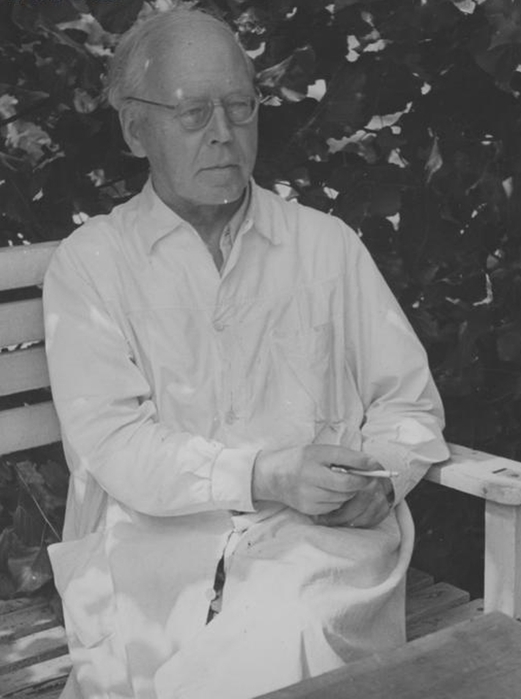
Georg Kolbe was a German sculptor of the first half of the twentieth century. He is known as a master of Classicism and Symbolism. Throughout most of his professional career he was an artist in demand by various German authorities.
Georg Kolbe, despite the strong influence of the Expressionists, managed to develop his own unique style. He left a notable mark not only in sculpture, his artistic legacy includes a large number of drawings and hundreds of engravings.
His biography is closely connected with Berlin, where he lived for more than 40 years. Kolbe is named for the prize awarded by the Artists' Union of Berlin. The artist's former studio now houses a museum with permanent solo exhibitions of works by renowned sculptors of modern art.
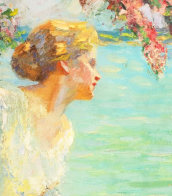
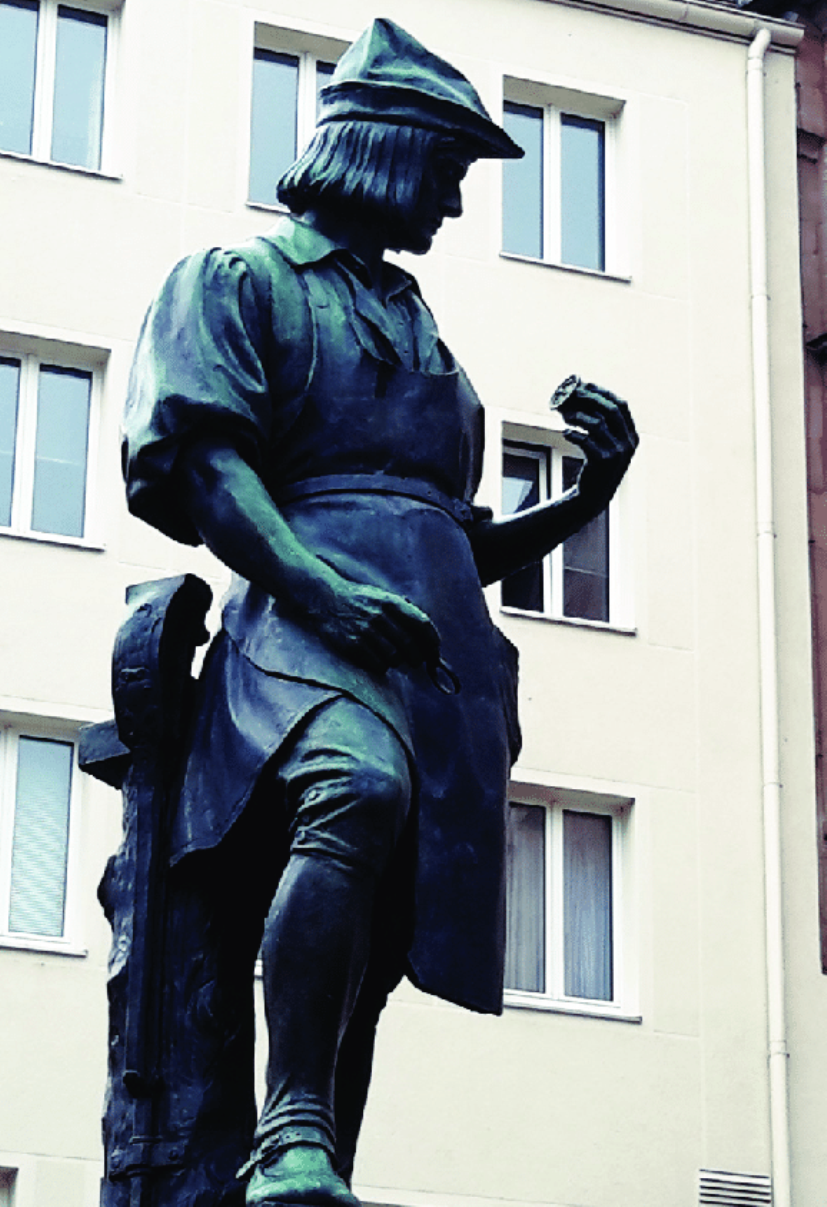

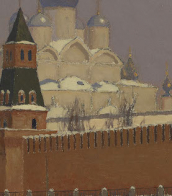
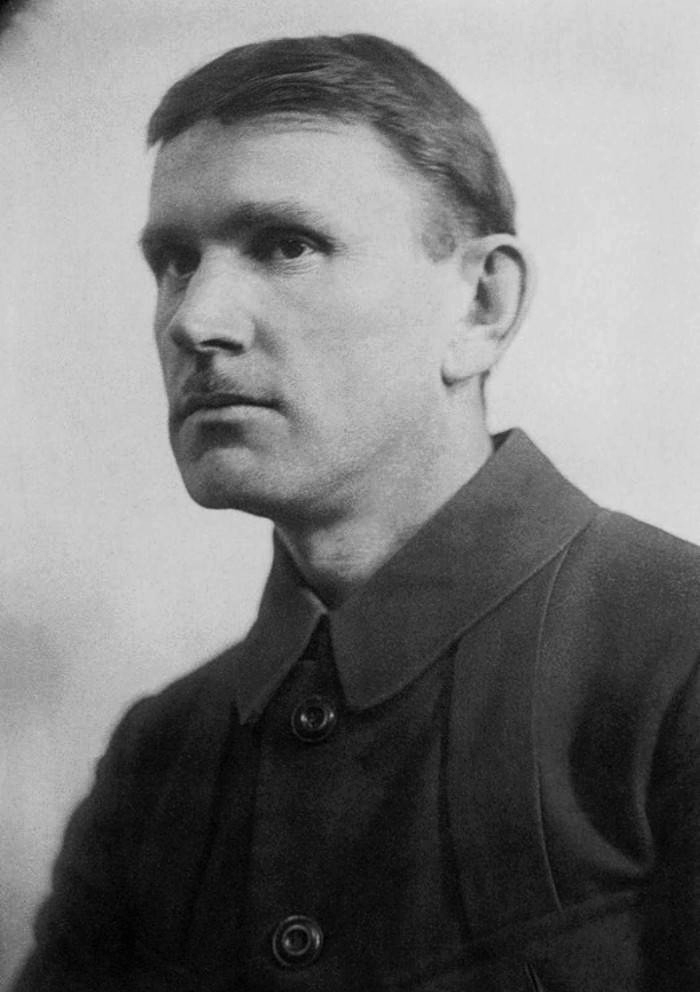
Sergey Vasilyevich Gerasimov (Russian: Серге́й Васи́льевич Гера́симов) is a celebrated figure in the annals of Russian art, known for his adept navigation through various artistic movements, transitioning from Impressionism to the robust narratives of Socialist Realism. Born in Mozhaisk, Russia, in 1885, his multifaceted career spanned painting, teaching, and book illustration, marking him as a versatile artist and educator. Educated under prominent figures such as Konstantin Korovin, Gerasimov dedicated a significant part of his life to nurturing the next generation of artists.
His artistic oeuvre is notable for its versatility and emotional depth, capturing the Soviet ethos with a unique blend of realism and evocative landscape and genre paintings. His work during critical periods in Soviet history, including the Stalin era and World War II, offers a vivid portrayal of the times. Gerasimov's mastery is evident in celebrated pieces like "The Peasant Uprising of 1860" and "Collective Farm Holiday," which are held in high esteem and displayed in prestigious venues such as the Tretyakov Gallery.
Gerasimov's legacy extends beyond his paintings. As an influential teacher at the Surikov Art Institute, he shaped the careers of numerous Soviet artists, leaving a lasting impact on the artistic landscape. His dedication to art and education has cemented his status as a revered figure in the history of Russian and Soviet art.
For those interested in the rich heritage of Russian art, Sergey Vasilyevich Gerasimov's life and work present an invaluable perspective on the cultural and political shifts of his era. His legacy continues to inspire and influence, making his art a focal point for collectors and art aficionados alike.
To stay abreast of the latest findings and exhibitions featuring Gerasimov's compelling works, signing up for updates is highly recommended. This subscription will ensure that enthusiasts are well-informed about upcoming sales and auction events showcasing the timeless creations of Sergey Vasilyevich Gerasimov.
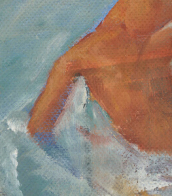

Andrei Andreevich Mylnikov (Russian: Андре́й Андре́евич Мы́льников) was a Russian painter and educator, celebrated for his contributions to Soviet and Russian art. Born in Pokrovsk in 1919, Mylnikov's artistic journey led him to study and later teach at the prestigious Ilya Repin Institute of Painting, Sculpture and Architecture, embodying the spirit of Soviet artistry through his work and mentorship.
Mylnikov's art spans a range of genres, from portraits and landscapes to monumental art. His portraits, such as those of his wife, resonate with harmony and lyricism, drawing comparisons to the Russian Impressionist tradition. Landscapes, like "Summer" (1969) and "Venice" (1964), showcase his ability to blend realism with the symbolic, marked by a fresh palette and pure color. Noteworthy among his creations is the "Farewell" (1975), a painting that captures the emotional gravity of the Soviet people's wartime experiences, and the "Spanish Triptych," which reflects on themes of life, death, and the human spirit, earning him the Lenin Prize.
Mylnikov's works are held in high esteem, finding places in Russia's most prestigious museums and galleries, as well as international collections. His influence extends beyond his canvases, through his significant role in educating future artists and shaping the course of Soviet and Russian art.
For collectors and art enthusiasts, Mylnikov's oeuvre offers a profound glimpse into the soul of Russian art, blending technical mastery with deep emotional and philosophical exploration. His legacy continues to inspire admiration and respect among art lovers around the world.
To stay informed on exhibitions and sales of Andrei Andreevich Mylnikov's works, signing up for updates is highly recommended. This will ensure you're alerted to new opportunities to appreciate or acquire pieces by this remarkable artist, directly related to the primary keyword of interest.

Aleksandr Evgenevich Iakovlev (Russian: Александр Евгеньевич Яковлев), a Russian painter, graphic artist, and designer, left an indelible mark on the world of art with his unique blend of classical and orientalist styles. Born in Saint Petersburg, Russia, in 1887, Iakovlev was part of the vibrant Russian artistic community that contributed significantly to the neo-classical and orientalist movements. His extensive travels across Mongolia, China, Japan, Africa, Syria, Iran, and Afghanistan enriched his art, leading to a prolific output of portraits, landscapes, still lifes, and figure compositions that combined elements of Italian Renaissance with Russian Primitivism.
Iakovlev's early involvement with the Mir Iskusstva exhibition in 1915 showcased his talent but also highlighted the mixed reactions from critics and the Academy of Arts, signaling his departure from traditional academic confines. His scholarship to study in the Far East and subsequent travels profoundly influenced his work, as seen in his orientalist paintings and ethnographic drawings. This period of exploration culminated in his significant contributions as an official artist on the Citroën expeditions across Central Africa and Asia, where he captured the essence of the diverse cultures he encountered.
His works, such as "Three Women in a Box at the Theatre" and his participation in designing the Prival Komediantov artistic cabaret, exemplify his mastery of merging traditional subjects with a modernist touch. Serving as the Director of the Painting Department at the School of the Museum of Fine Arts, Boston, between 1934 and 1937, Iakovlev influenced the art scene beyond the Russian borders before his death in Paris in 1938.
Iakovlev's legacy is preserved in museums and galleries worldwide, celebrating his contributions to bridging cultures through art. His ability to document his travels and experiences in such a vivid and artistic manner has left a lasting impact on the appreciation of cultural diversity in the art world.
For collectors and experts in art and antiques, Aleksandr Evgenevich Iakovlev's works represent a convergence of classical artistry and exploratory zeal, making them highly sought after. His pieces not only capture the beauty of the subjects he portrayed but also serve as a window into the cultures and landscapes that inspired him.
For updates on exhibitions and auction events featuring Aleksandr Evgenevich Iakovlev's works, sign up to stay informed about new discoveries and opportunities to add to your collection.

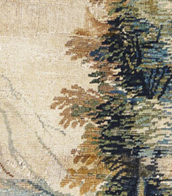
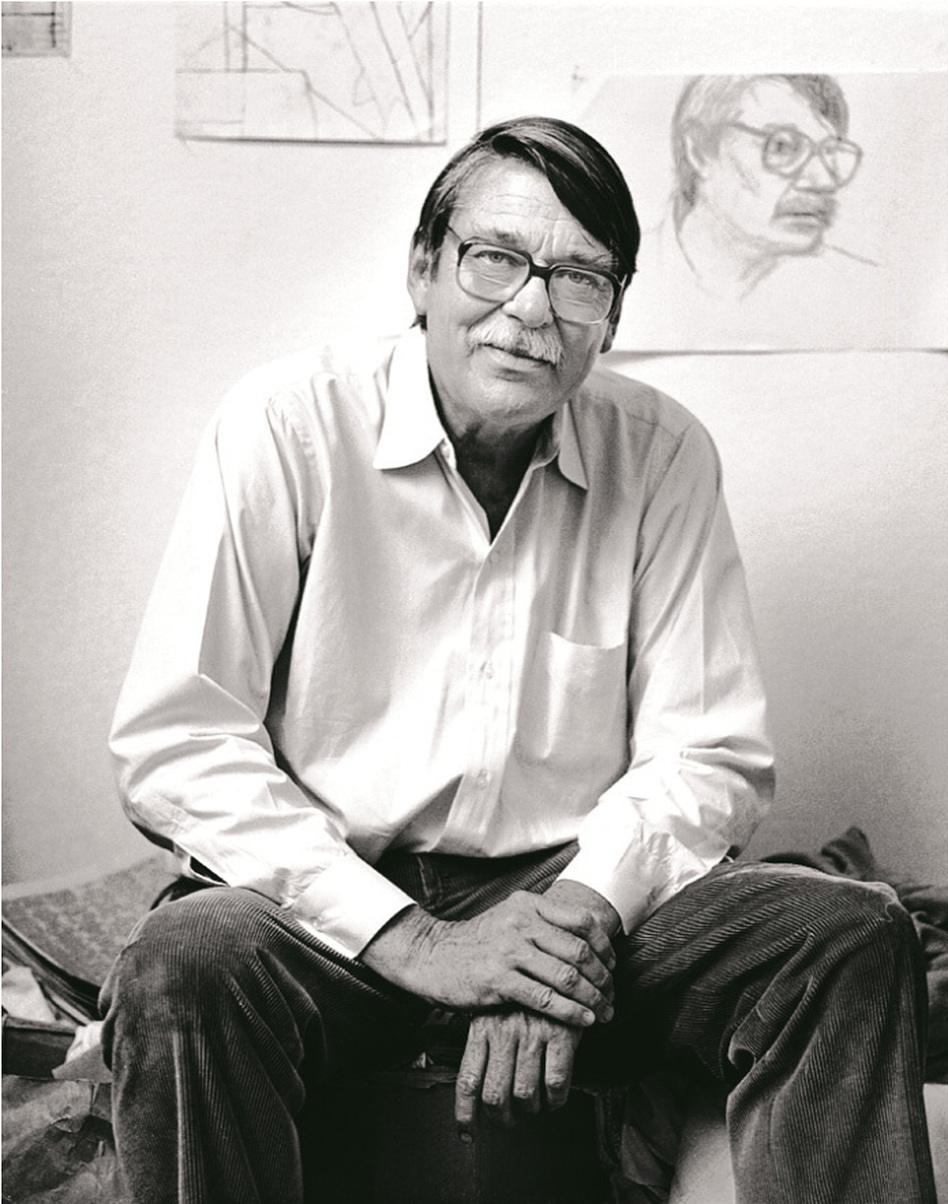
Richard Diebenkorn was an American artist. He was known for his abstract expressionist and later, figurative paintings that explored color, form, and space.
Diebenkorn studied at the University of California, Berkeley, and later at the California School of Fine Arts in San Francisco. In the 1950s and early 1960s, he was associated with the Bay Area Figurative Movement, which emphasized figurative painting in opposition to the prevailing trend of abstract expressionism.
In the mid-1960s, Diebenkorn moved to Southern California, where he began to develop his signature style of abstract paintings that featured large, geometric shapes in muted colors. His Ocean Park series, which he began in the late 1960s, is perhaps his most famous body of work, and is characterized by its luminous, layered surfaces and complex compositions.
Diebenkorn's work has been exhibited in major museums and galleries around the world, and he is widely regarded as one of the most important American painters of the 20th century. His influence can be seen in the work of many contemporary artists working in the fields of abstract painting and color field painting.
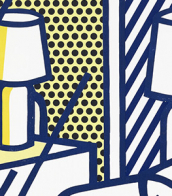


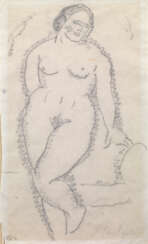



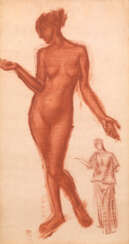

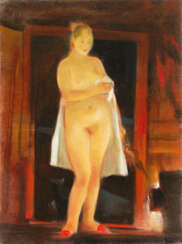

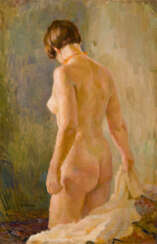


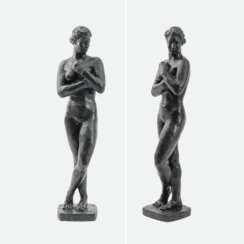

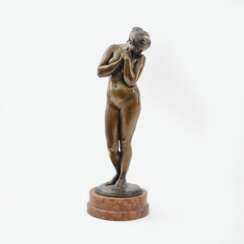

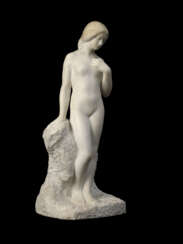

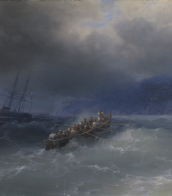








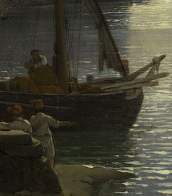
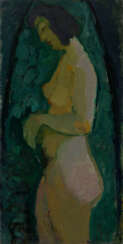





.webp)
